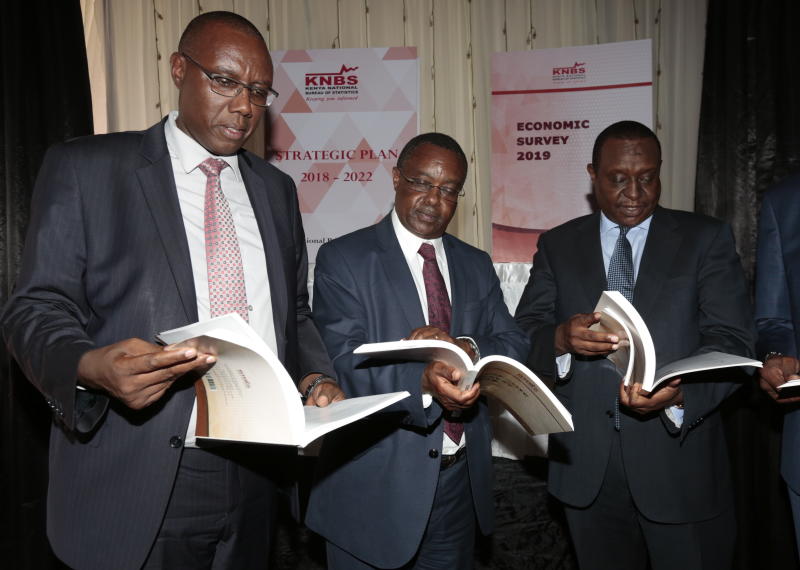×
The Standard e-Paper
Home To Bold Columnists

Kenya’s economy grew by 6.3 per cent last year lifted by good rains that helped agriculture – the biggest pillar that contributed more than a third of the wealth.
Sufficient rainfall also meant that food prices were stable to keep inflation down while the spillover was felt in other sectors, including manufacturing and electricity generation.